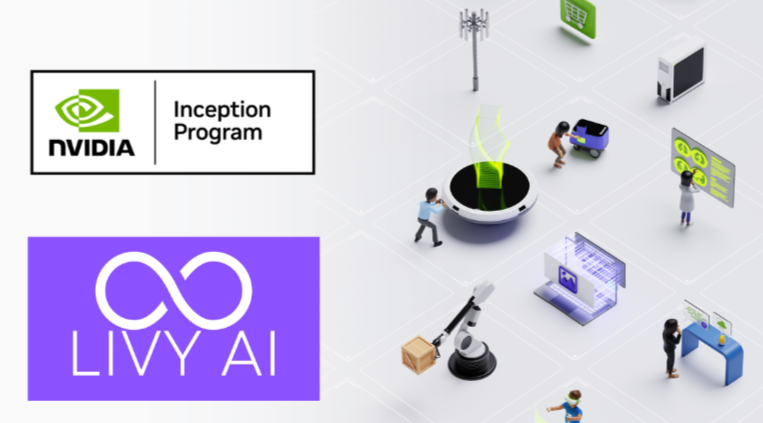
In the rapidly evolving world of film and television, AI screenwriters have emerged as a revolutionary tool, promising to reshape the landscape of content creation. However, like any tool, the effectiveness of an AI screenwriter depends on how it's used and trained. Enter the concept of feedback loops. By understanding and implementing feedback loops, you can train your AI screenwriter to produce better, more aligned results. Let's delve into this transformative approach.
Understanding Feedback Loops in AI
At its core, a feedback loop in the context of AI is a system where the output is fed back into the system as input. This iterative process allows the AI to learn from its mistakes and successes, refining its algorithms and improving its performance over time.
Why Feedback Loops Matter for AI Screenwriters
-
Continuous Learning: AI, unlike humans, doesn't get tired or complacent. With each feedback loop, it learns and adapts, ensuring that the content it produces is continually refined.
-
Personalization: Every filmmaker or writer has a unique style and vision. Feedback loops allow the AI to align more closely with individual preferences, ensuring that the generated scripts resonate with the creator's voice.
-
Error Correction: No system is perfect. AI screenwriters can sometimes produce content that's off-mark. Feedback loops help in identifying and rectifying these errors, leading to more accurate results in subsequent iterations.
Implementing Feedback Loops with Your AI Screenwriter
-
Start with Clear Prompts: The clearer your initial input, the more accurate the AI's output will be. Begin by providing detailed prompts, outlining genre, character dynamics, plot points, and any other specific requirements.
-
Review and Refine: Once the AI generates content, review it critically. Identify areas where it met expectations and where it fell short. This step is crucial as it forms the basis of your feedback.
-
Feedback Integration: Feed the reviewed content back into the AI, highlighting the areas of improvement. Modern AI screenwriting platforms often have intuitive interfaces that allow for easy feedback integration.
-
Iterate: The power of feedback loops lies in repetition. The more you iterate, the better the AI becomes. Over time, you'll find that the AI's output aligns more closely with your vision, requiring fewer refinements.
Challenges and Considerations
While feedback loops offer numerous advantages, they're not without challenges:
-
Bias Introduction: If feedback is skewed or biased, the AI will learn from it, leading to biased outputs. It's crucial to ensure that feedback is objective and representative.
-
Overfitting: If an AI is trained too closely on specific feedback, it might become too specialized, losing its ability to generalize and adapt to new prompts.
-
Time Investment: While feedback loops lead to better results, they require time and effort, especially in the initial stages.
The Future: AI Screenwriters and Feedback Loops
As AI technology continues to advance, the integration of feedback loops will become more streamlined. We'll see AI screenwriters that can understand nuanced feedback, adapt in real-time, and even predict user preferences based on past interactions.
Moreover, as more creators embrace AI screenwriters, these platforms will benefit from a diverse range of feedback, leading to AI models that are more versatile, inclusive, and aligned with the evolving landscape of storytelling.
Conclusion
Feedback loops are the bridge between the current capabilities of AI screenwriters and the limitless potential they hold. By understanding and effectively implementing these loops, creators can harness the power of AI, crafting narratives that resonate, inspire, and captivate.
Ready to embark on a journey with an AI screenwriter that learns, adapts, and grows with you? Dive into platforms like Livy.AI, which prioritize feedback integration, ensuring that your voice is heard, and your vision is realized. Step into the future of storytelling, where your feedback shapes the narratives of tomorrow.

